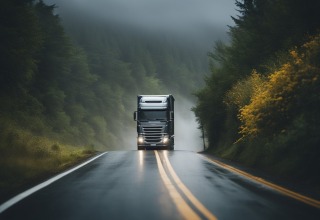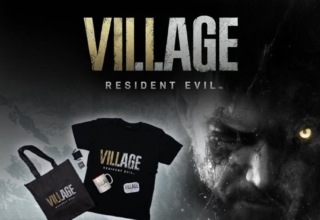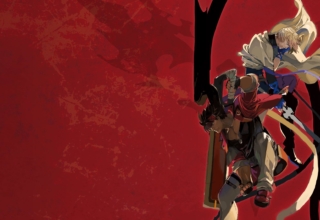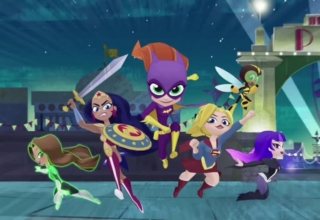
Why is the world getting a black & white version of Mad Max: Fury Road, dubbed the Chrome edition? Because director George Miller thinks it’s better. Indeed, he has been harboring this ambition since The Road Warrior, Max’s second movie and first arrival in the United States (which is why The Road Warrior is rarely referred to as Mad Max 2):
“I’ve always dreamed about putting out a Mad Max movie in black and white,” he begins, noting that his favorite version of Mad Max 2: The Road Warrior was a cheap “slash dupe” used for the film’s scoring sessions. “Something about black and white, the way it distills [the film], makes it a little bit more abstract… makes it a little more iconic.”
Miller argues that the lack of colour makes certain details pop out and some scenes play a little differently. I’ll have to wait and see, but just the idea of a black & white version is exciting, since we rarely see black & white movies at all these days, not the least in high res and filled with action.

The format started waning since technicolor showed up over 80 years ago and has mainly become the go-to standard for low-budget movies. Clerks was shot sans colour to save costs. But it still lives on as an artistic choice as well.
Black & White cause we can
Eraserhead, David Lynch’s defining work, was shot in the format intentionally. Stanley Kubrick certainly wasn’t forced to shoot Dr. Strangelove without colour. Even Mel Brooks, a huge fan of technicolor spectacles, shot Young Frankenstein in black & white as a homage to the original horror movies.

The cult hit Living in Oblivion (starring Steve Buscemi and a way-before-fame Peter Dinklage) used black & white to portray the ‘real’ world in the movie. American History X did something similar, as did Memento. And we certainly can’t neglect to mention Raging Bull, The Elephant Man and Schindler’s List. I’m not sure why classics such as Yojimbo or Branded To Kill were shot without colour, but given the time and directors involved, I suspect that those were also by choice. Tetsuo: The Iron Man was almost certainly shot in black & white for the impact.

I’m a little surprised Quintin Tarantino hasn’t shot a black & white movie yet, but maybe that’s because he is mostly infatuated with seventies shlock (of course I am ignoring the Crazy 88 fight in Kill Bill). Then again, the name of his production company – A Band Apart – is a tip to the French New Wave, who shot mainly black & white movies as a cost measure. Speaking of the French, La Haine was definitely made in black & white as an artistic choice – and it is far better for it.

You know, now that I have rambled through some examples, I’m inclined to agree with Miller. There is something special about black & white movies. Certainly all of the above would seem weird in colour (and in case you thought I just googled a list, I have seen all of them). Maybe Fury Road‘s best version is not in colour. We’ll have to wait and see, but I am very keen to find out…
Last Updated: October 21, 2016






















Filmmaker
October 25, 2016 at 08:21
I would love to see Mad Max in black & white, and 2D. Charlize Theron would look even more badass in black & white